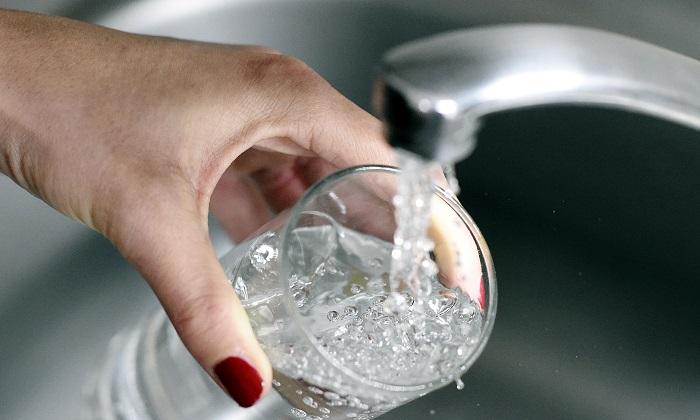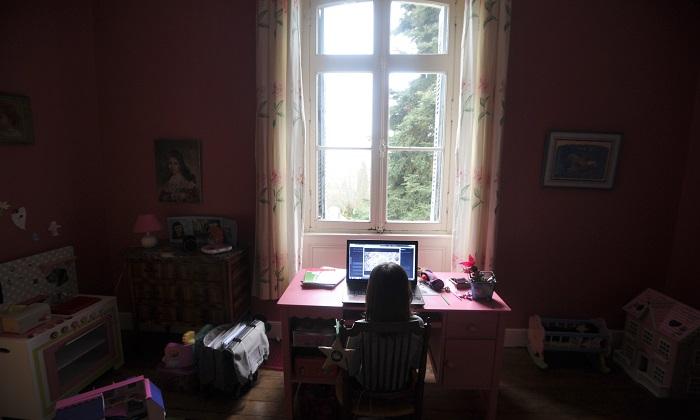Australian households and businesses have struggled with high power bills over the past several years, and they will soon do so with water bills if measures are not taken, warns a new report.
Davies warned that fundamental changes must be made in the governance and regulation of the country’s urban water markets.
“Unless we act now, we will soon start to experience rising water bills, high taxes or a decline in service quality,” Davies said.
Infrastructure Australia said that modeling indicates that if the issue is ignored, a typical residential water and sewerage bill could be greater than AU $2,500 (US$1,876) per year in today’s money by 2040. That’s double today’s rate.
“Increased water efficiency and the increased use of strategies such as recycling take time to develop and implement,” Khan said. “We can’t allow ourselves to sit back and wait for the next crisis.”
Australians have been dealing with a so-called energy crisis that has left consumers paying skyrocketing electricity and gas bills.
“We are now seeing more people in Middle Australia, who are already experiencing mortgage stress, who are having trouble paying their power bills.”
Infrastructure Australia says the country’s water sector has a solid record in providing clean and safe water to more than 20 million people. But it relies on an aging infrastructure that is costly to maintain. Moreover it is being placed under strain due to changing climates and growing populations that are largely fueled by immigration.
“The bulk of this growth is occurring in Australia’s four largest cites – Sydney, Melbourne, Brisbane, and Perth,” said the report.
The country’s population is projected to grow to over 30 million by 2030, said the report.
Davies stressed the importance of reforms. “If Australians want continued access to safe, reliable and affordable water in the future, we need to begin a staged approach to reforming the sector now—starting with a new national urban water reform plan,” he said.
Davies said the country still has a window of opportunity to address the issue and reform how water around the country is managed.
As part of the report’s recommendations, Infrastructure Australia has advised that a national regulator should be established and that urban water assets are privatized.
However, Khan, from the University of NSW, warned about selling off water assets. “Government ownership can work very well and has some clear advantages when effectively managed,” he said.





Friends Read Free